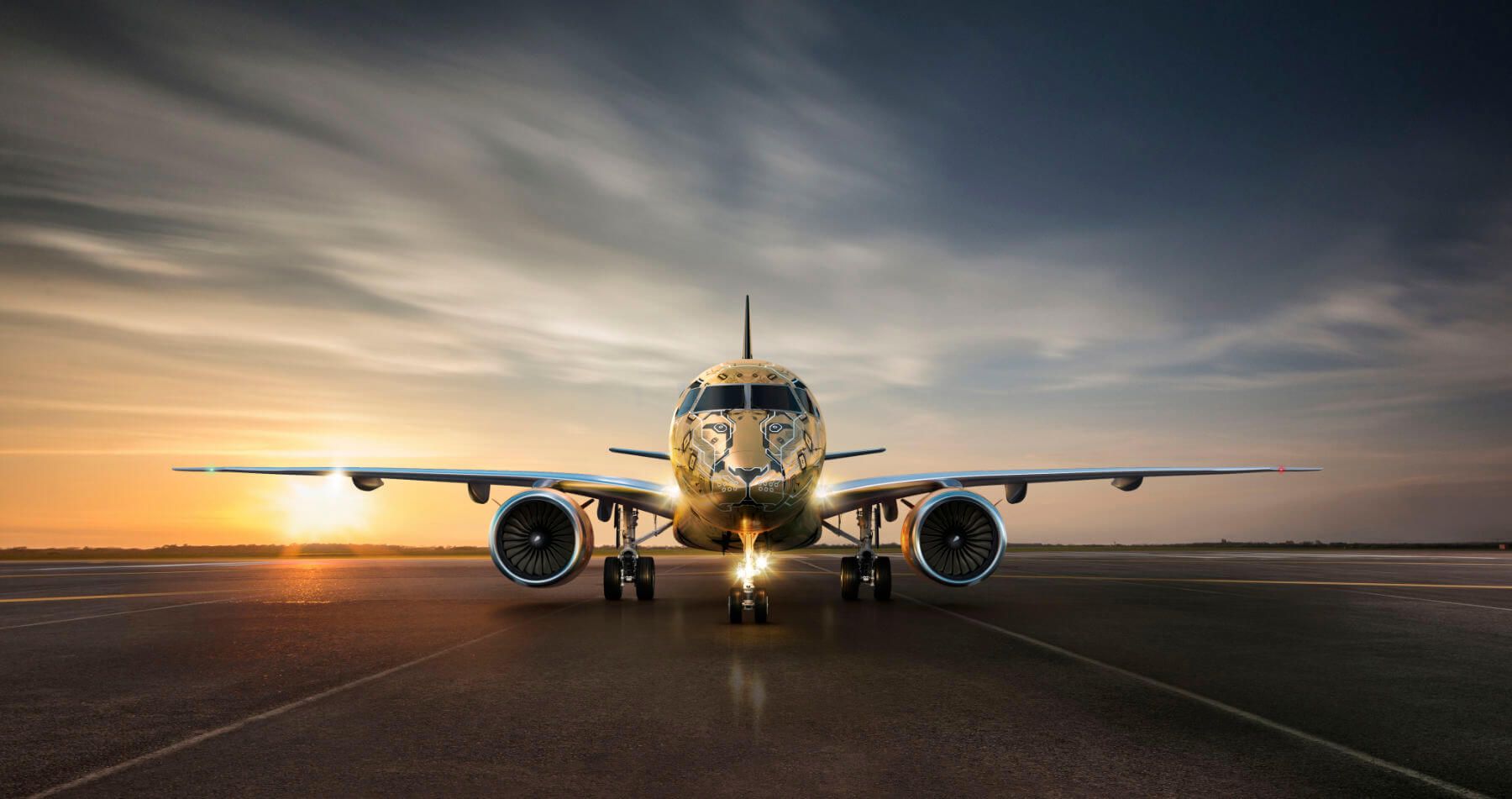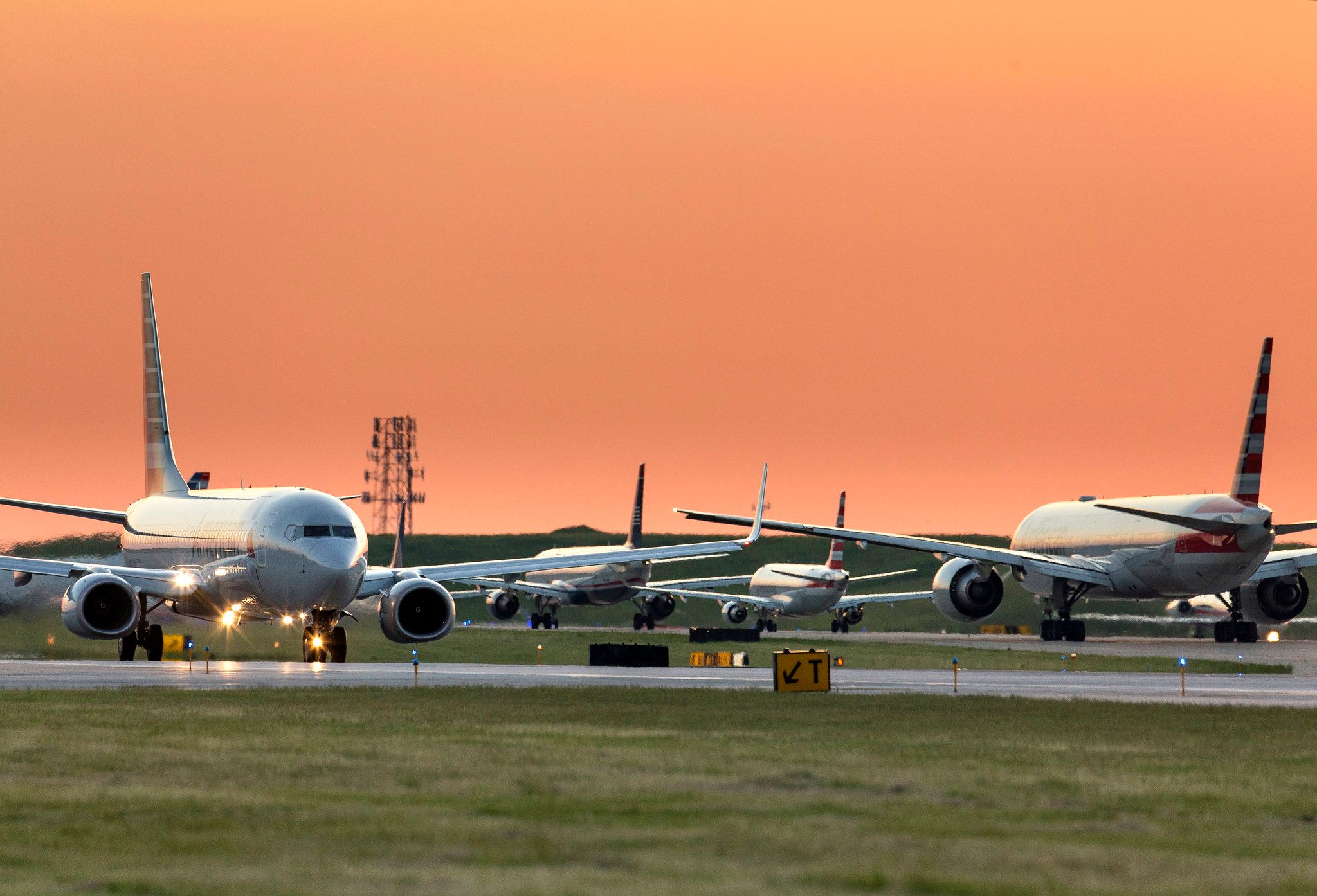Airline data analytics business OAG has just released its monthly batch of airline stats, and among the data is one standout detail - when it comes to domestic market capacity in May, the US and China are streets ahead of the rest. The difference between the second-biggest domestic market in May (China) and the third, India, is around 45 million seats. But the difference between India and the tenth place getter, Canada, is only about ten million seats.
Leading the pack in May in terms of domestic seat availability is the United States, with nearly 78.7 million seats. That's no surprise, given the US is normally the world's largest domestic airline market. However, while the US domestic market is flying along quite nicely once again, it's still flying short of its 85.3 million available seats in May 2019.
The United States & China are streets ahead of the rest
China is cruising along in second place in May, with 60.6 million available seats, almost identical to May 2019's seat availability. China's domestic passenger numbers trail the US by a wide margin, but China has a lot of issues going on internally - not least the ongoing Shanghai lockdowns.
But there's literally tens of millions of seats between China and the third-largest domestic airline market this month. India is in third spot with 14.7 million seats available in May, up a little from the nearly 14 million available domestic seats in May 2019. Despite the similar (large) populations, the huge difference in seat availability between China and India is telling - and India's aviation market has a lot of catching up to do.
After that steep drop, the numbers virtually flatline. Japan is in fourth place, with around 11.6 million seats available this month. That's still down on the 12.6 million domestic airline seats available in Japan in May 2019. In fifth place is Indonesia, a frequently overlooked aviation market where nearly 9.4 million seats are available this month - down from the 10.5 million seats available in May 2019.
Flatter playing field for the remainder of the top ten place getters
Brazil takes the sixth spot with just over nine million domestic seats available this month compared to just over 9.5 million seats in May 2019. Behind Brazil is Australia, with 6.5 million domestic seats on offer this May - that's about 150,000 domestic seats fewer than available in May 2019. Mexico is in the eighth spot, with about 6.2 million seats available this month. That figure is up on the May 2019 figure of 5.6 million available seats.
In the ninth spot is Vietnam, having just under 5.5 million seats available in May. Vietnam is another airline market that typically goes gangbusters but is also easy to overlook. This month's numbers in Vietnam are also better than the May 2019 number of 3.9 million. OAG points out that Vietnam is the world's most recovered domestic aviation market, with available capacity more than 40% above comparable 2019 levels.
Reasons why different aviation markets recover differently
Rounding out the list is Canada, with 4.7 million domestic seats available this month compared to around 5.6 million in May 2019. There are lots of ways of looking at these numbers, but one takeout is there is an almost 74 million available domestic seat difference this difference between the biggest market, the US, and the tenth-biggest market, its northern neighbor, Canada.
While the population difference does play a significant role, like all the other countries on the top ten list, the population isn't the only differentiator. Lots of factors contribute to the current size and health of a country's domestic aviation market - the level of government support throughout the pandemic; how long border closures and travel restrictions lasted for; the overall wealth of the country's citizens; and just what was the general attitude and response to the pandemic among the various countries. The world might be putting the pandemic behind it, but the lingering after-effects are still playing out in the different airline markets.
Source: OAG


.png)
